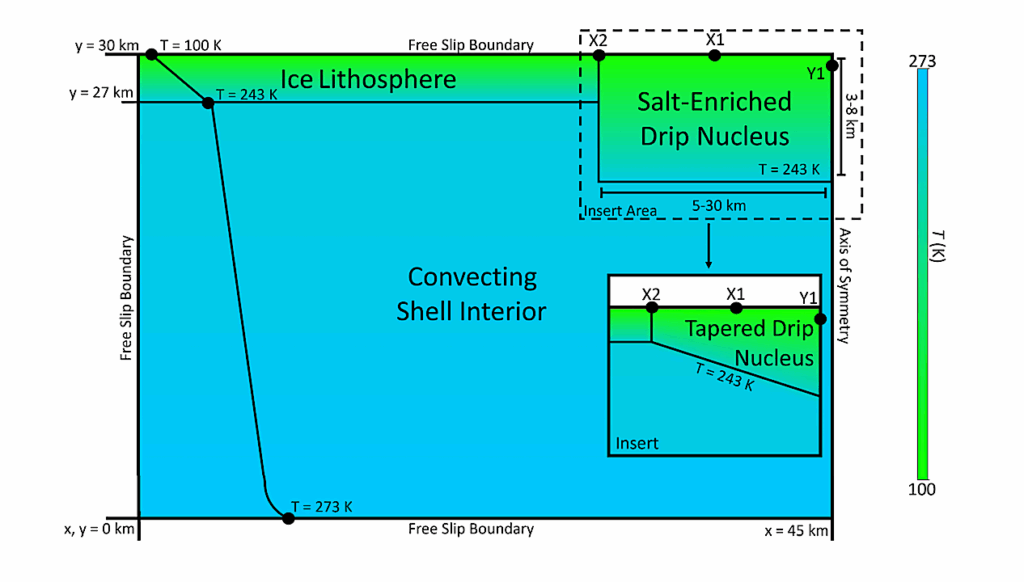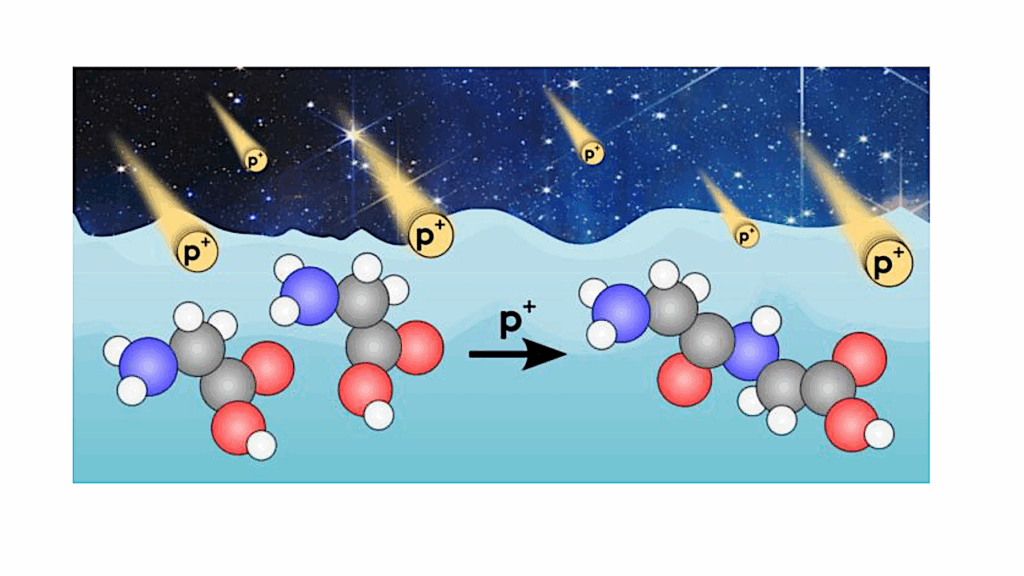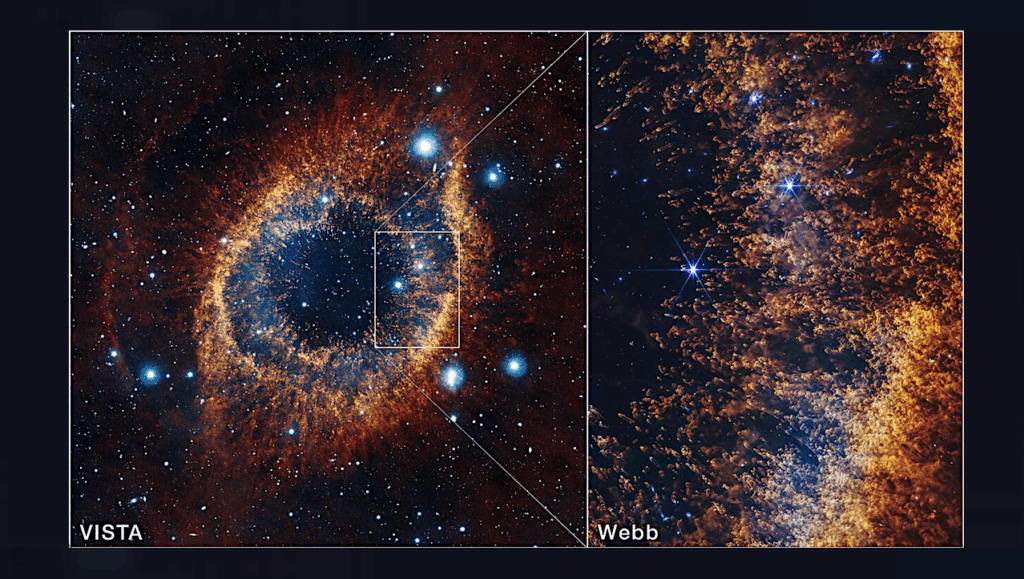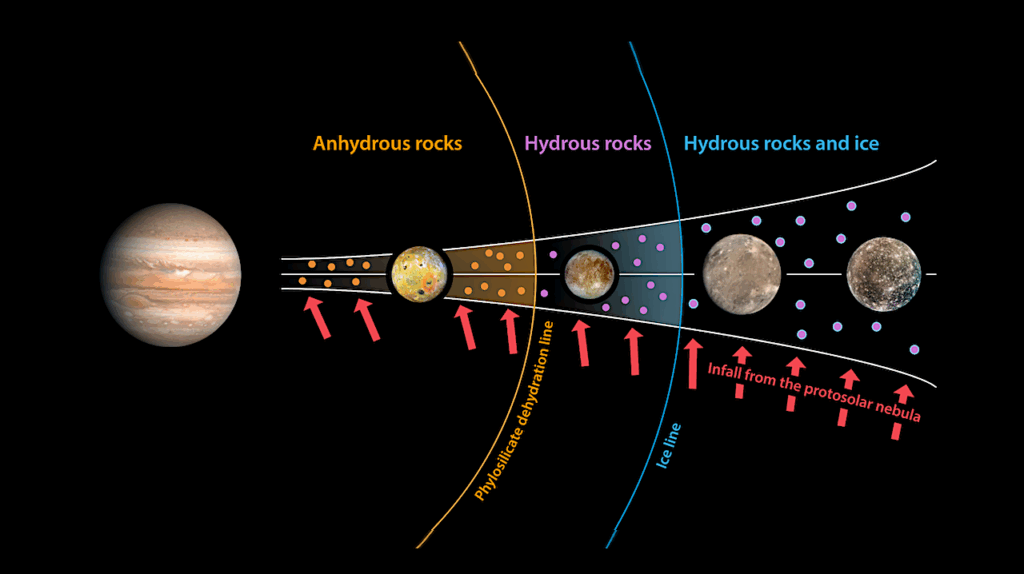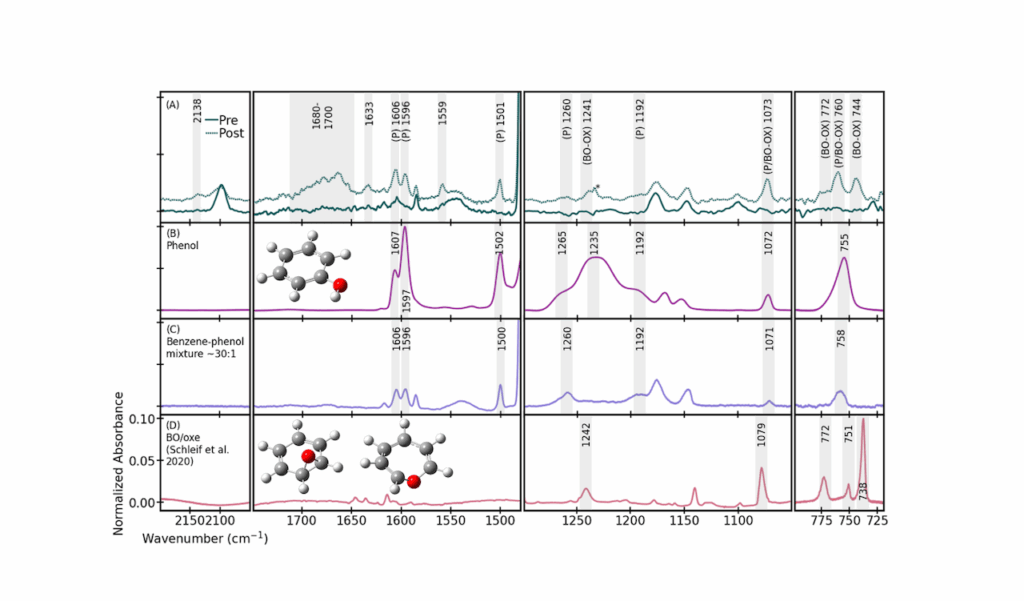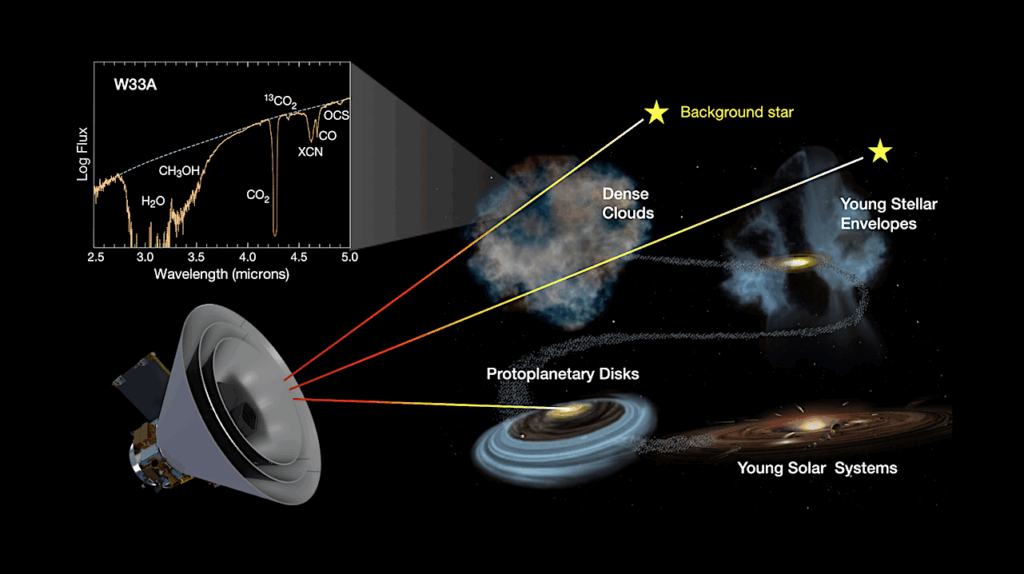JWST Observations Of 13CO2 ice: Tracing The Chemical Environment And Thermal History Of Ices In Protostellar Envelopes

The structure and composition of simple ices can be modified during stellar evolution by protostellar heating. Key to understanding the involved processes are thermal and chemical tracers that can diagnose the history and environment of the ice.
The 15.2 μm bending mode of 12CO2 has proven to be a valuable tracer of ice heating events but suffers from grain shape and size effects. A viable alternative tracer is the weaker 13CO2 isotopologue band at 4.39 μm which has now become accessible at high S/N with the James Webb Space Telescope (JWST).
We present JWST NIRSpec observations of 13CO2 ice in five deeply embedded Class 0 sources spanning a wide range in luminosities (0.2 – 104 L⊙ ) taken as part of the Investigating Protostellar Accretion Across the Mass Spectrum (IPA) program. The band profiles vary significantly, with the most luminous sources showing a distinct narrow peak at 4.38 μm.
We first apply a phenomenological approach and show that a minimum of 3-4 Gaussian profiles are needed to fit the 13CO22 absorption feature. We then combine these findings with laboratory data and show that a 15.2 μm 12CO2 band inspired five-component decomposition can be applied for the isotopologue band where each component is representative of CO2 ice in a specific molecular environment. The final solution consists of cold mixtures of CO2 with CH3OH, H2O and CO as well as segregated heated pure CO2 ice.
Our results are in agreement with previous studies of the 12CO2 ice band, further confirming that 13CO2 is a useful alternative tracer of protostellar heating events. We also propose an alternative solution consisting only of heated CO2:CH3OH and CO2:H2O ices and warm pure CO2 ice for decomposing the ice profiles of the two most luminous sources in our sample.
Nashanty G. C. Brunken, Will R. M. Rocha, Ewine F. van Dishoeck, Robert Gutermuth, Himanshu Tyagi, Katerina Slavicinska, Pooneh Nazari, S. Thomas Megeath, Neal J. Evans II, Mayank Narang, P. Manoj, Adam E. Rubinstein, Dan M. Watson, Leslie W. Looney, Harold Linnartz, Alessio Caratti o Garatti, Henrik Beuther, Hendrik Linz, Pamela Klaassen, Charles A. Poteet, Samuel Federman, Guillem Anglada, Prabhani Atnagulov, Tyler L. Bourke, William J. Fischer, Elise Furlan, Joel Green, Nolan Habel, Lee Hartmann, Nicole Karnath, Mayra Osorio, James Muzerolle Page, Riwaj Pokhrel, Rohan Rahatgaonkar, Patrick Sheehan, Thomas Stanke, Amelia M. Stutz, John J. Tobin, Lukasz Tychoniec, Scott Wolk, Yao-Lun Yang
Subjects: Astrophysics of Galaxies (astro-ph.GA); Solar and Stellar Astrophysics (astro-ph.SR)
Cite as: arXiv:2402.04314 [astro-ph.GA] (or arXiv:2402.04314v1 [astro-ph.GA] for this version)
Submission history
From: Nashanty Brunken
[v1] Tue, 6 Feb 2024 19:00:15 UTC (1,424 KB)
https://arxiv.org/abs/2402.04314
Astrobiology, Astrochemistry,


